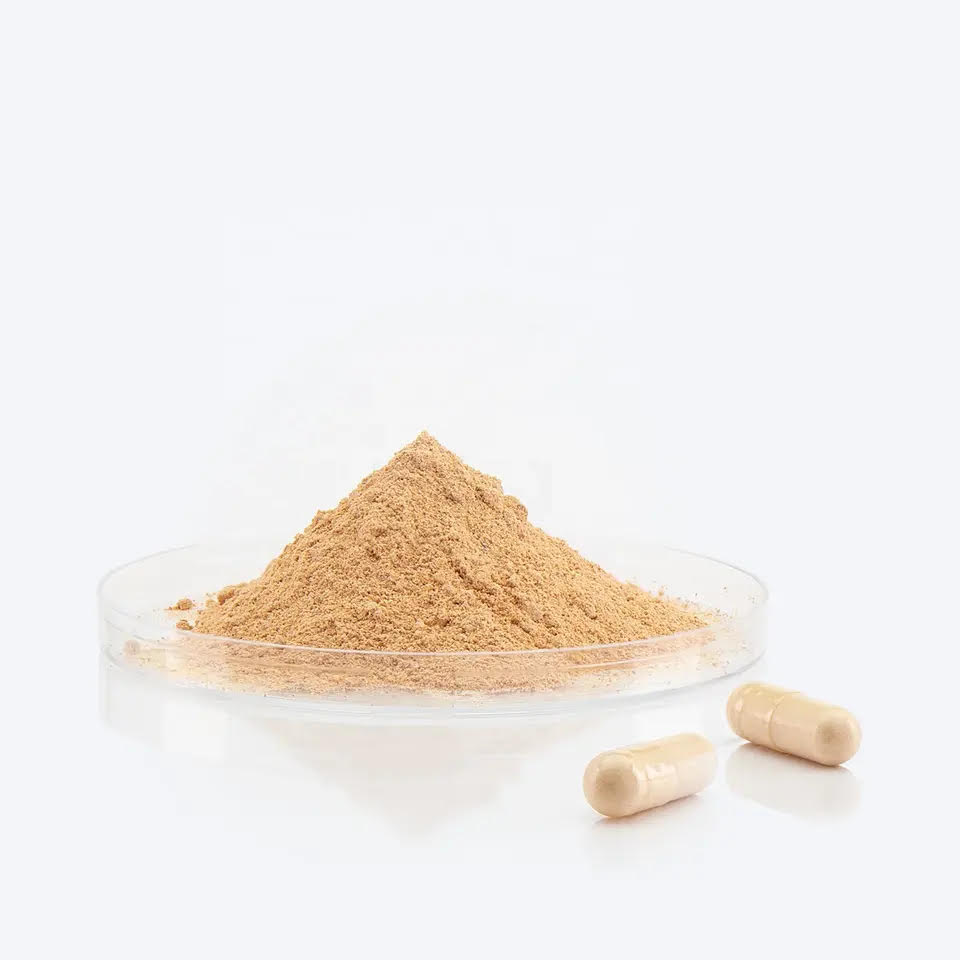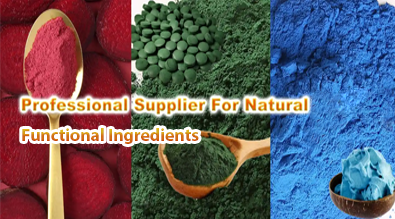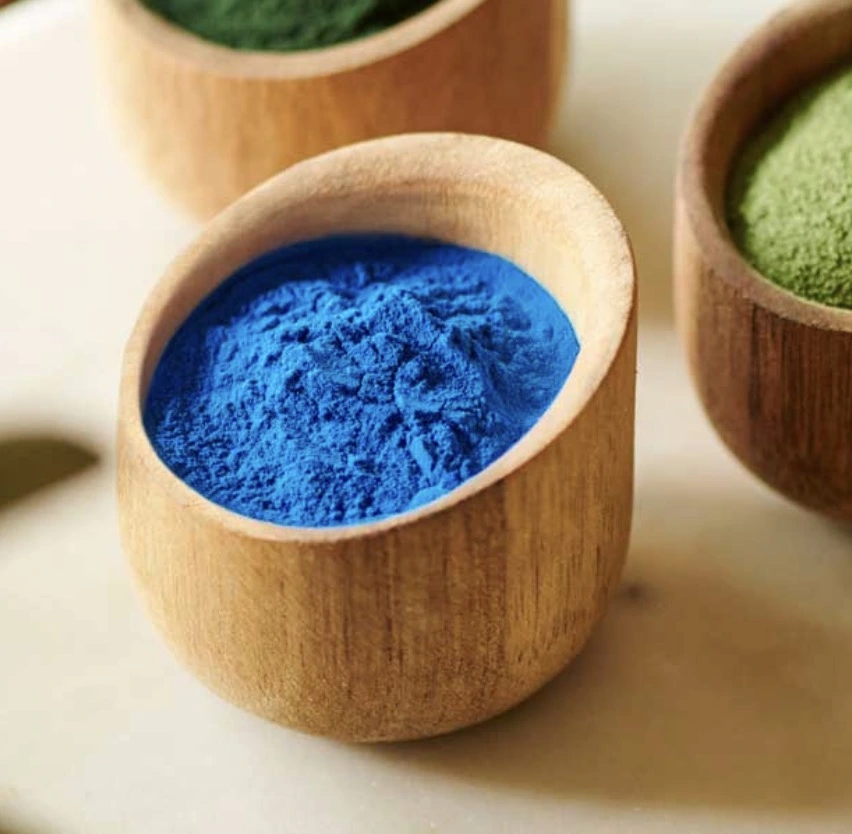The Science Behind Hydrolyzed Krill Protein
In recent years, hydrolyzed krill protein has emerged as a powerhouse supplement in the world of nutrition and health. This marine-derived protein source is gaining traction for its unique composition and potential benefits. Let's delve into the science behind hydrolyzed krill protein and explore its production process, key nutrients, and impact on immune health.

How Hydrolyzed Krill Protein is Made?
The production of hydrolyzed krill protein starts with the sustainable harvesting of krill, small crustaceans found in abundance in the Antarctic Ocean. These vital creatures play a key role in the marine ecosystem. To minimize environmental impact, harvesting practices are carefully managed, ensuring the preservation of krill populations and their surrounding ecosystem while providing a high-quality, sustainable source of protein for various health supplements and products.
After harvesting, the krill undergo a precise hydrolysis process, where proteins are broken down into smaller peptides and amino acids using enzymatic or chemical reactions. This process is meticulously controlled to maintain the nutritional value of the krill protein while improving its bioavailability, ensuring that the body can efficiently absorb and utilize the beneficial components. The result is a high-quality, easily digestible protein that retains its nutritional benefits.
The hydrolyzed krill protein produced is a highly digestible protein that is easily absorbed by the body. This improved absorption is a significant benefit of hydrolyzed proteins compared to non-hydrolyzed versions, as the smaller peptides and amino acids are more readily utilized by the body. The enhanced bioavailability of hydrolyzed protein ensures that it can effectively deliver its nutritional benefits, supporting better overall health and well-being.
_1737951233295.webp)
Key Nutrients in Hydrolyzed Krill Protein
Hydrolyzed krill protein is a veritable treasure trove of nutrients. Its unique composition sets it apart from other protein sources, making it a valuable addition to any nutritional regimen. One of the standout features of hydrolyzed krill protein is its impressive amino acid profile. It contains all nine essential amino acids that our bodies cannot produce on their own. These amino acids are crucial for various bodily functions, including muscle growth and repair, immune function, and hormone production.
In addition to its protein content, hydrolyzed krill protein is a rich source of omega-3 fatty acids, especially EPA (eicosapentaenoic acid) and DHA (docosahexaenoic acid). These omega-3s are bound to phospholipids, which may improve their bioavailability, making them more easily absorbed by the body compared to other marine sources of omega-3s. This unique binding helps maximize the benefits of omega-3s, supporting heart, brain, and joint health more effectively.
Another key component of hydrolyzed krill protein is astaxanthin, a powerful antioxidant responsible for the krill's reddish color. Astaxanthin is known for its potential health benefits, including promoting better skin health and reducing inflammation. Its antioxidant properties help protect cells from oxidative stress, supporting overall wellness. This makes astaxanthin an important addition to hydrolyzed krill protein, enhancing its potential to support skin vitality and reduce the effects of inflammation in the body.

Hydrolyzed Krill Protein's Impact on Immune Health
The immune-boosting properties of hydrolyzed krill protein have gained considerable attention in the scientific community. Various mechanisms contribute to its potential to enhance immune function, including its rich nutrient profile and bioactive compounds. These elements may help support the body's natural defense systems, promoting overall immune health and resilience against illnesses.
The high-quality protein in hydrolyzed krill protein supplies essential building blocks for producing antibodies and immune cells. This supports overall immune function, enhancing the body's ability to defend against harmful pathogens. By providing these crucial nutrients, hydrolyzed krill protein helps strengthen the immune system, promoting a more resilient response to infections and contributing to better overall health.
The omega-3 fatty acids in hydrolyzed krill protein, especially EPA and DHA, play a key role in regulating immune responses. They help to reduce excessive inflammation, which is vital for maintaining a well-balanced immune system. By modulating inflammatory processes, these omega-3s contribute to a healthier immune function, ensuring that the body's defenses work effectively without triggering harmful overreactions.
Astaxanthin, a powerful antioxidant found in krill, may also support immune health. Its antioxidant properties help protect immune cells from oxidative stress, which can improve their function and longevity. By shielding these cells from damage, astaxanthin helps maintain a strong and resilient immune system, supporting overall immune performance and health. Research suggests that the combination of these nutrients in hydrolyzed krill protein may have a synergistic effect on immune health, offering more comprehensive support than individual components alone.

Conclusion
The science behind hydrolyzed krill protein reveals a nutrient-dense supplement with potential far-reaching benefits for human health. Its unique composition of high-quality protein, bioavailable omega-3s, and potent antioxidants makes it a compelling option for those looking to support their overall health and wellness.
As research in this field continues to evolve, we can expect to uncover even more about the potential applications of hydrolyzed krill protein in nutrition and health. Whether you're an athlete looking to support muscle recovery, or simply someone interested in boosting your immune health, hydrolyzed krill protein may be worth considering as part of your nutritional strategy. For more information about hydrolyzed krill protein and other natural plant extracts, please contact us at info@yanggebiotech.com.
References
1. Tou, J. C., Jaczynski, J., & Chen, Y. C. (2007). Krill for human consumption: nutritional value and potential health benefits. Nutrition Reviews, 65(2), 63-77.
2. Berge, K., Musa-Veloso, K., Harwood, M., Hoem, N., & Burri, L. (2014). Krill oil supplementation lowers serum triglycerides without increasing low-density lipoprotein cholesterol in adults with borderline high or high triglyceride levels. Nutrition Research, 34(2), 126-133.
3. Gigliotti, J. C., Davenport, M. P., Beamer, S. K., Tou, J. C., & Jaczynski, J. (2011). Extraction and characterisation of lipids from Antarctic krill (Euphausia superba). Food Chemistry, 125(3), 1028-1036.
4. Ulven, S. M., & Holven, K. B. (2015). Comparison of bioavailability of krill oil versus fish oil and health effect. Vascular Health and Risk Management, 11, 511-524.
5. Ambati, R. R., Phang, S. M., Ravi, S., & Aswathanarayana, R. G. (2014). Astaxanthin: sources, extraction, stability, biological activities and its commercial applications—a review. Marine Drugs, 12(1), 128-152.

Based on your location and order quantity, you will have the opportunity to receive a limited time free shipping promotion!

Who we are


